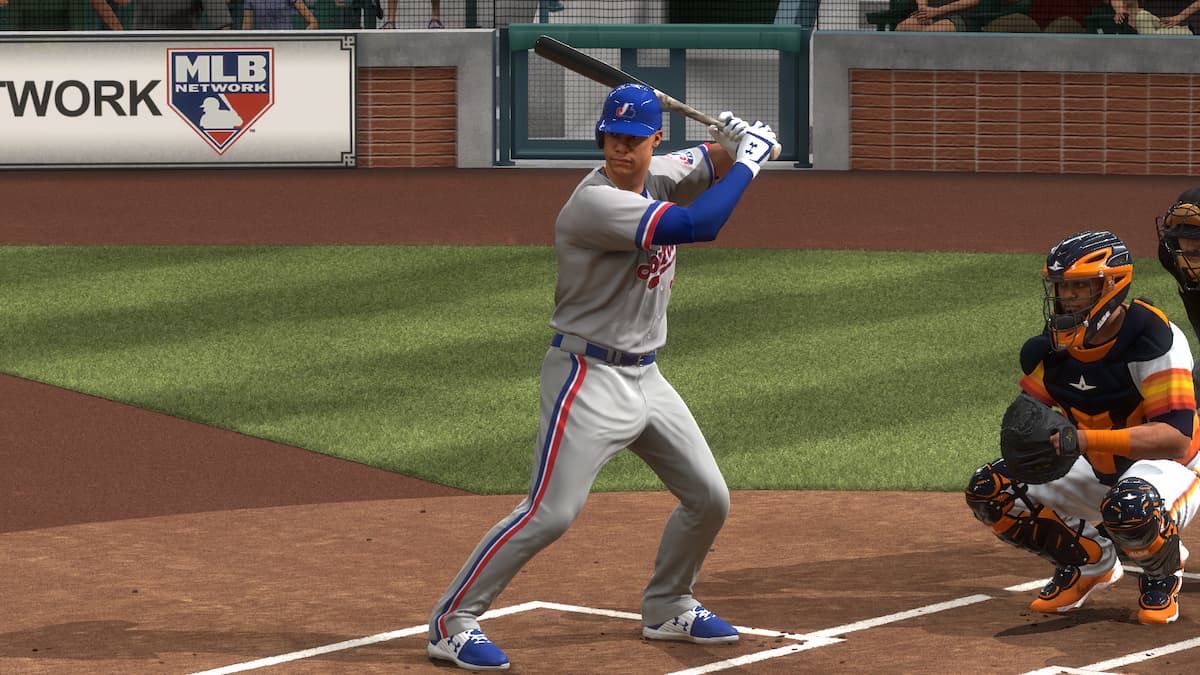How to improve swing timing in MLB The Show 21
Watch carefully.

Screenshot from Gamepur
Swing timing in baseball is a tricky thing. The same can be said in MLB The Show, and it can be even more frustrating to master if you’re a newcomer to the series. If you’re trying to punish more balls in MLB The Show 21, you’ll want to improve your swing timing, and here are a few tips that you should try to keep in mind.
Speed and recognition
First off, pitch speed plays a role in swing timing. It shouldn’t shock you that faster pitches will require a faster react time, while slower pitchers require a slower react time. The first thing that you should do is to look at the opposing pitcher’s arsenal of pitches, which can be accessed by press RT/R2 while at the plate. If you see that a pitcher utilizes a hard fastball (> 95 MPH), make sure to hit one of the swing buttons faster.
This sounds easy enough, but keep in mind that every pitch is not equal. Fastballs, by in large, have straight movements. Changeups, on the other hand, have more of a downward, sinking motion, and are a bit slower than a typical fastballs. Sliders and curveballs are slower than a fastball as well, but both are breaking pitch. This means that both pitches have a point in its path where it will break, either down (curveball) or to the left or right (slider).
There are other pitches in the game, but our point is this: in order to improve swing timing, you’ll need to get familiar with the different pitches and improve your pitch recognition.
Track the pitch
Another key piece of swing timing is to track the pitch well. If you’re planning on utilizing PCI, which offers increased precision when at the plate, it’s important to track the pitch carefully. Some of this may seem like a guessing game, especially if the opponent throws, for example, a slider. Sliders typically look like fastballs, until the pitch breaks away or in.
While you certainly won’t be able to hit every pitch, the key to pitch tracking is to be patient and watch the ball carefully. Then, move the PCI toward a pitch you want to hit and let it rip.